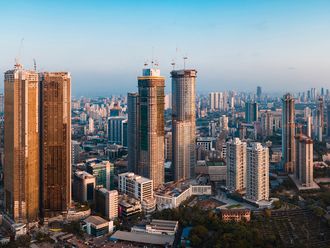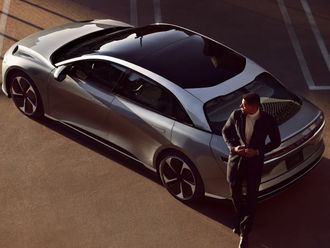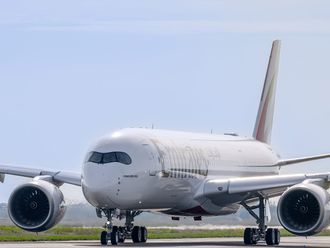At the bottom of almost every business email that anyone received over the last 10 years is the gentle reminder to stop and think before they print the email.
While the social nudge may have been important when the trend began, it feels unnecessary given how far our collective environmental consciousness has evolved. To that end, environmentalism has evolved, and so too has our thinking about what being good stewards of our resources entails.
Urban planners, developers and end users now consider the long-term utilisation efficiency of their built environs as much as they consider recycling grey water or disposing of waste generated by the community. We are now in the era of sustainability. Sustainability is a great word — it implies robustness and durability.
These are the kinds of descriptors forward-thinking developers and planners want to be associated with. However, what does it actually mean?
At Knight Frank, the Development and Consultancy division has been thinking about what a new city, one designed entirely based on sustainability principles might look like. We believe smart cities have well-developed and well-planned transportation infrastructure. Ideally, we would start with a transportation skeleton. We would link a metro system to the airport, and design stations that foster ease of movement for travellers with luggage or mobility challenges.
The transportation hubs would lead to well-integrated districts that link the station to residential buildings, office towers, malls, hotels, or entertainment venues. Ideally, each district would have a fair share of each of these development components.
Urbanising cities
Compact cities foster urbanity, utilise less land and are more efficiently utilised throughout the day. More importantly, they make economic sense. Public transportation centred developments will command a premium in rapidly urbanising cities across the Middle East. In Saudi Arabia, where the government’s Vision 2030 plan prioritises sustainability, socio-cultural engagement and physical fitness, public transportation based developments will go a long way toward achieving these objectives. Well-planned, sustainable cities create environments that foster efficient resource usage, are socially egalitarian and create opportunities for community engagement.
Districts built with residents and other end users in mind offer public plazas, walking paths, green spaces and linkages to districts in other parts of the city. Connectivity is a central tenet of sustainable development.
Of course, no discussion of sustainability can ignore the efficient utilisation of energy. New cities tend to be built at a distance from the central grid. This creates efficiency issues in the provision of power and can delay large-scale development.
The solution is to create a series of small on-site energy plants that are interconnected. These cogeneration plants utilise relatively small land areas and produce electricity very efficiently. Co-generation plants are being deployed in New York City’s Hudson Yard development where the ageing electrical grid has reached its maximum output capacity.
The excess electricity generated from the site will be sold back to Con Edison, the public utility company.
Value engineering a city, or a large mixed-use programme for that matter, with sustainability in mind will also prove to be efficient over the useful life of the development. Sustainable developments utilise less resources, thereby taxing capital items less in the process.
Weather conditions
This means lower operating costs for property owners and lower common area charges for tenants. Sustainability principles, when best applied, consider the natural context in which a proposed development will be built.
In the Middle East, this entails being sensitive to the region’s weather conditions. Moreover, climate change research demonstrates a need for future-proofing urban environments. In the aftermath of global super storms, developers and MEP consultants the world over will have to be mindful of where they place building mechanicals, and have water disbursement strategies to mitigate against extreme weather events.
Building sustainably will ultimately result in a more liveable urban environment. The benefit: studies show that residents who rely upon public transportation suffer less comorbidities of obesity and are more engaged in their communities. This in turn places less of a burden on the public health care system and improves quality of life metrics.
One example of planned sustainability is Saudi Arabia’s Vision 2010 plan. Where there is a tremendous opportunity to develop vibrant cities that embody the egalitarian ideals of sustainability whilst promoting their cultural values.
We believe that through proper planning and implementation, the Kingdom will be well-positioned to achieve its socio-cultural and economic ambitions.
— Neill Nagib is Associate Partner at Development Consultancy & Research.











